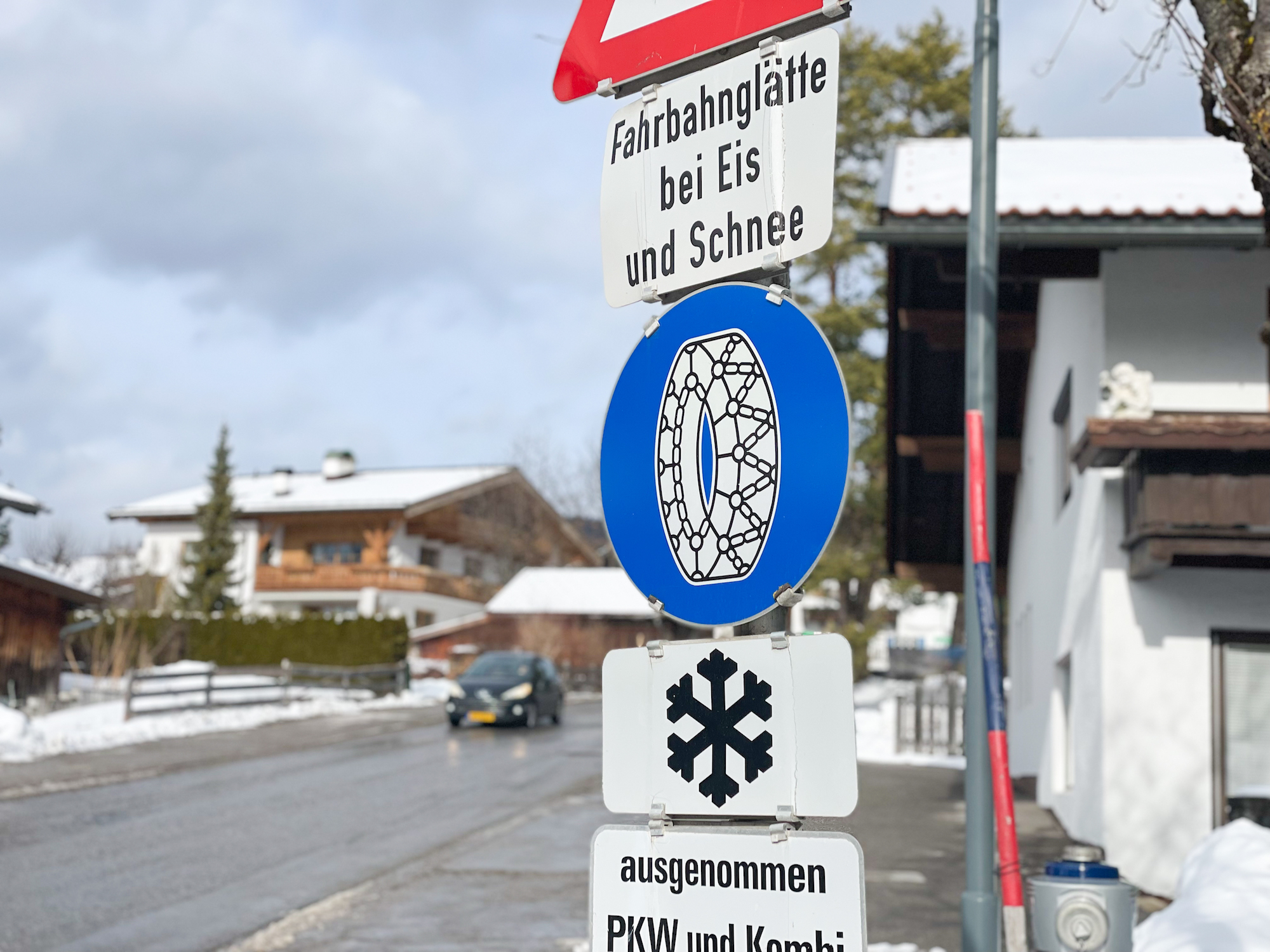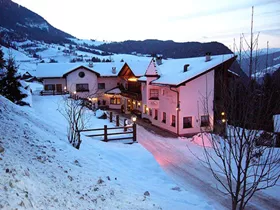

Time flies, and soon it will be winter again, bringing along an increasing chance of snow. From 1 November, you are obliged to drive on winter tyres in wintry road conditions in Austria for the winter season. You can read all about it in this article.
In what period are winter tyres obligatory in Austria?
Passenger cars and trucks with a maximum permissible gross weight of up to 3.5 t may only be operated during the period from 1 November to 15 April in wintry road conditions, in particular snowy roads, slush or ice, if winter tyres are fitted to all wheels. In April, spring is usually already kicking in, but in the Alps, the conditions can still be pretty harsh. If you go on winter holidays in April, for example, at Easter, driving on winter tyres is still mandatory in Austria.
What requirements do winter tyres have to comply with in Austria?
A winter tyre is a winter tyre, right? Not quite. There are quite a few differences between winter tyres. In Austria, winter tyres must be fitted on all four wheels. Tyres legally recognised as winter tyres are marked with: 'M+S', 'M.S.' or 'M & S'. The M stands for mud, and the S for snow. Winter tyres must have a tread depth of at least 4 mm, or 5 mm in case of diagonal tyres. Since 10 December 2018, tyres marked with a snowflake symbol (a mountain pictogram with a snowflake in the centre) are also recognised as winter tyres. Unlike Germany, this symbol is not mandatory in Austria. The same also applies to all-weather and all-season tyres with the snowflake symbol.
Important: Drivers should keep an eye on the weather forecast and always go on the road prepared. That is, with winter tyres on the wheels and a set of snow chains in the boot (that are easily accessible if needed).

Summer tyres with snow chains
There is a small twist in Austria's winter tyre regulation. Namely, you are allowed to drive on summer tyres with snow chains. However, this is only allowed if the road is almost completely covered in snow and/or ice. But of course, this is not always the case between 1 November and 15 April. So driving on winter tyres is really a much better idea. It's much safer than summer tyres. And what's more, you can save some hefty fines. Keep in mind, snow chains must be installed on the driven wheels.
Why drive on winter tyres?
Winter tyres, as the name says, are tyres specially developed for driving in winter conditions (snow, ice, black ice, snow mud, etc.). Rubber has the property of hardening at low temperatures, which is why the composition of the rubber, or the compound in winter tyres, is modified. The modified rubber compound performs best at temperatures below 7 °C. Such temperatures are most common when winter tyres are compulsory in Austria, from 1 November to 15 April. Moreover, winter tyres have a completely different tread, providing more grip on the road surface.

Fines for breaking the winter tyres regulation in Austria
If you are caught driving on summer tyres in wintry conditions when winter tyres are compulsory in Austria, and are without snow chains, you risk a €60 fine. But if other road users are endangered because of you, the fine can amount to €5,000 or more. Anyone who refuses to fit the car with winter equipment (i.e. winter tyres or snow chains) can be taken off the road by the police. Suppose a driver is involved in an accident, driving on summer tyres, and cannot prove that the same accident would have happened with winter equipment. In that case, he or she is at least partially at fault.
Note: an insurance company may refuse to pay out if you do not comply with the rules.
What about trucks and buses?
From 1 November to 15 March, trucks and buses, so vehicles heavier than 3,5 t, are also required to drive on winter tyres in Austria. Winter tyres must be fitted on at least one drive axle. In addition, snow chains must also be available in the vehicle. A significant advantage of going on winter sports by bus is that you don't have to worry about winter tyres. Exempt from the winter tyre requirement are mopeds, light mopeds and motorbikes.

Keep in mind: snow chains are compulsory!
Driving on winter tyres is compulsory in Austria, but snow chains are also required on some roads. Is the road (almost) completely covered with snow and/or ice? Then you are obliged to put on snow chains, especially if the road sign indicates this, as in the photo above. In Austria, you can only use snow chains that comply with the ÖNORM V5117, V5119 or are EU-approved. Snow chains must be installed on the driven wheels.














